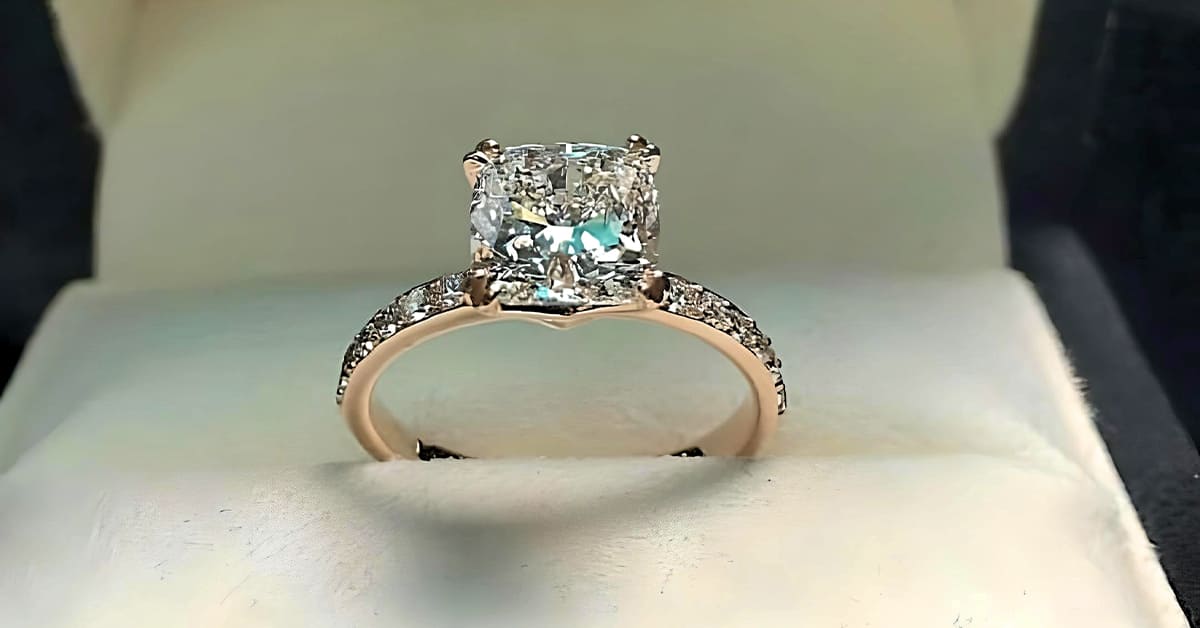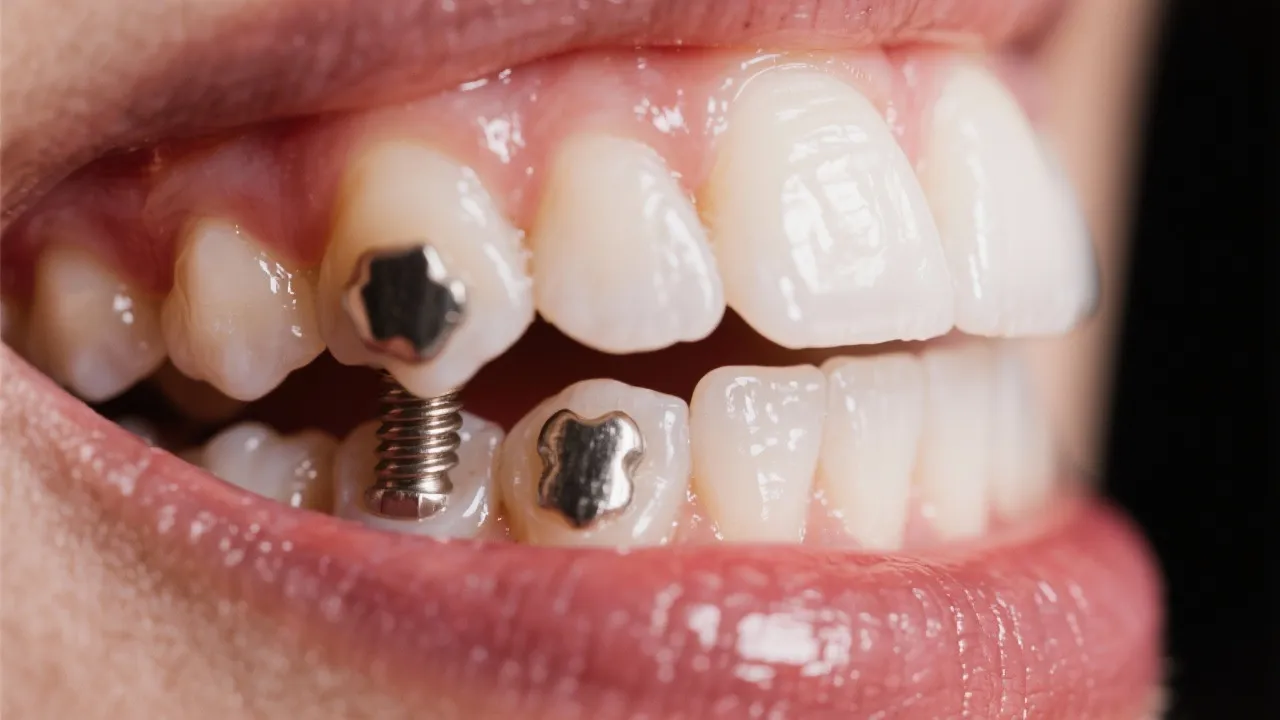The Ultimate Guide to Lab-Grown Diamonds: Ethical & Cost-Effective Choices
Lab-grown diamonds offer ethical and cost-effective alternatives to mined diamonds. Here’s everything you need to know to make an informed decision.

In recent years, lab-grown diamonds have emerged as a revolutionary alternative to traditional mined diamonds. As consumers become more conscious of ethical sourcing and environmental impact, lab-grown diamonds offer a compelling choice that combines beauty, affordability, and sustainability. This guide will explore what lab-grown diamonds are, their benefits, and why they are becoming a popular choice for engagement rings and other fine jewelry.
What Are Lab-Grown Diamonds?
Lab-grown diamonds, also known as synthetic or cultured diamonds, are created in controlled environments using advanced technological processes that replicate the natural conditions under which diamonds form in the Earth. There are two primary methods for producing lab-grown diamonds:
- High Pressure High Temperature (HPHT): This method mimics the natural diamond formation process by applying high pressure and temperature to carbon. The result is a diamond that is chemically, physically, and optically identical to natural diamonds.
- Chemical Vapor Deposition (CVD): In this method, a carbon-rich gas is introduced into a chamber, where it is heated to create a plasma. This process allows carbon atoms to deposit onto a substrate, gradually forming a diamond crystal.
Both methods produce diamonds that are virtually indistinguishable from their mined counterparts, and they can be graded using the same criteria: the Four Cs—carat, cut, color, and clarity.
Ethical Considerations
One of the most significant advantages of lab-grown diamonds is their ethical implications. Traditional diamond mining has been associated with numerous social and environmental issues, including:
- Conflict Diamonds: Some diamonds are mined in war zones and sold to finance armed conflict, leading to human rights abuses.
- Environmental Impact: Mining operations can cause significant ecological damage, including deforestation, habitat destruction, and pollution of water sources.
- Labor Practices: Many mining operations exploit workers, often subjecting them to dangerous conditions and unfair wages.
Lab-grown diamonds, on the other hand, are produced in a controlled environment, free from the ethical dilemmas associated with mining. Consumers can purchase these diamonds with confidence, knowing that they are not contributing to human suffering or environmental degradation.
Cost-Effectiveness
Lab-grown diamonds are typically 20-40% less expensive than their mined counterparts. This price difference can be attributed to several factors:
- Lower Production Costs: The technology and processes used to create lab-grown diamonds are less expensive than the labor-intensive and resource-heavy mining operations.
- Market Supply: As the technology for producing lab-grown diamonds advances, the supply increases, leading to more competitive pricing.
This cost-effectiveness allows consumers to purchase larger or higher-quality diamonds for the same budget, making it an attractive option for engagement rings and other significant purchases.
Quality and Variety
Lab-grown diamonds come in a wide range of sizes, shapes, and qualities, just like natural diamonds. They can be customized to meet individual preferences, and many retailers offer a variety of options for cut, color, and clarity. Additionally, lab-grown diamonds can be produced in various colors, including pink, blue, and yellow, providing even more choices for consumers.
The Future of Lab-Grown Diamonds
As technology continues to improve, the production of lab-grown diamonds is expected to become even more efficient and widespread. Major jewelry retailers are increasingly incorporating lab-grown diamonds into their collections, and consumer acceptance is growing. This shift is likely to reshape the diamond industry, making lab-grown diamonds a mainstream choice for consumers seeking ethical and cost-effective options.
Conclusion
Lab-grown diamonds represent a significant advancement in the jewelry industry, offering consumers a beautiful, ethical, and affordable alternative to traditional mined diamonds. With their indistinguishable quality, lower price point, and positive environmental and social impact, lab-grown diamonds are not just a trend—they are a responsible choice for the modern consumer. Whether you are shopping for an engagement ring, a gift, or a personal treat, consider the benefits of choosing a lab-grown diamond and join the movement towards a more sustainable future.










